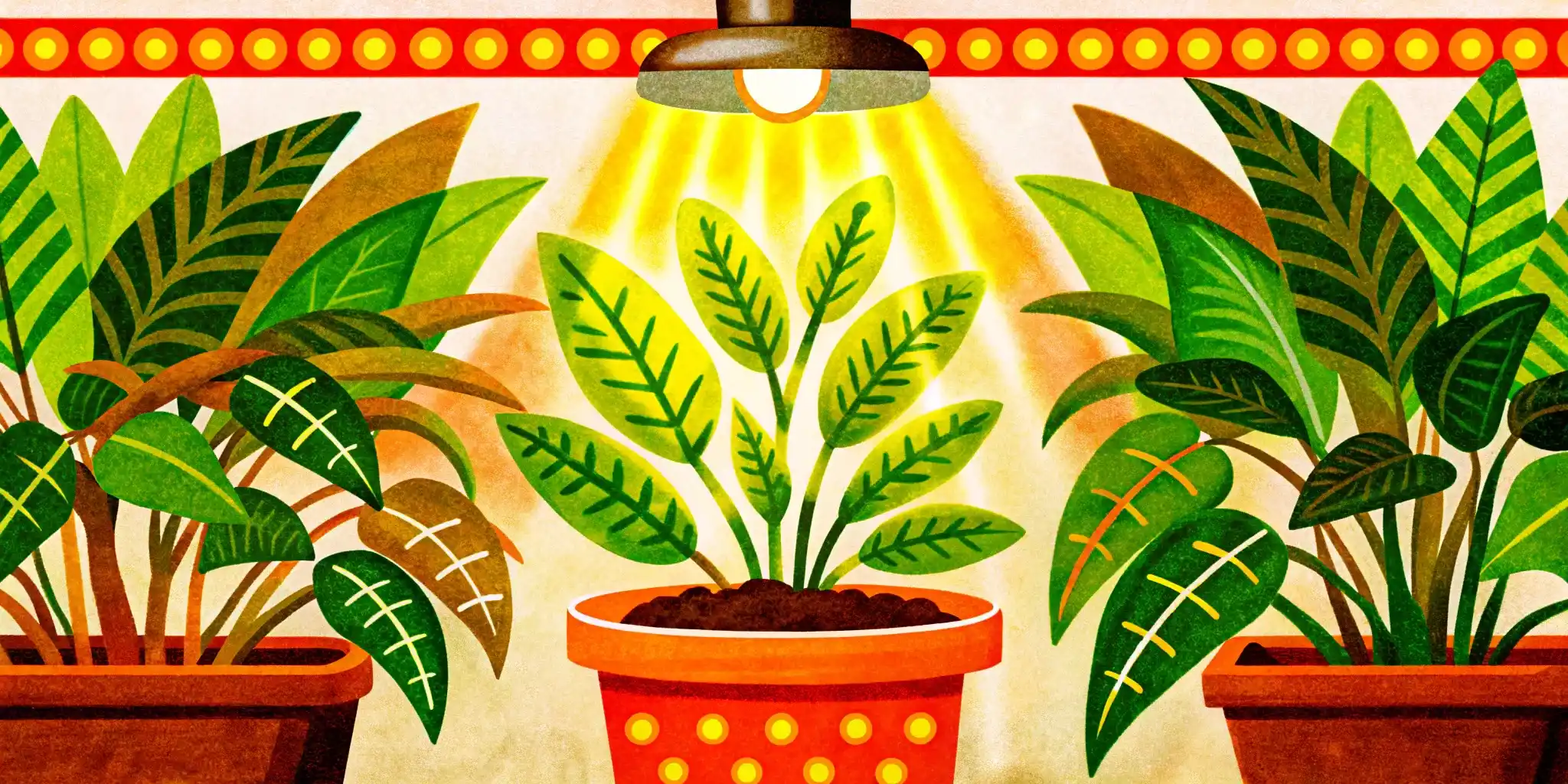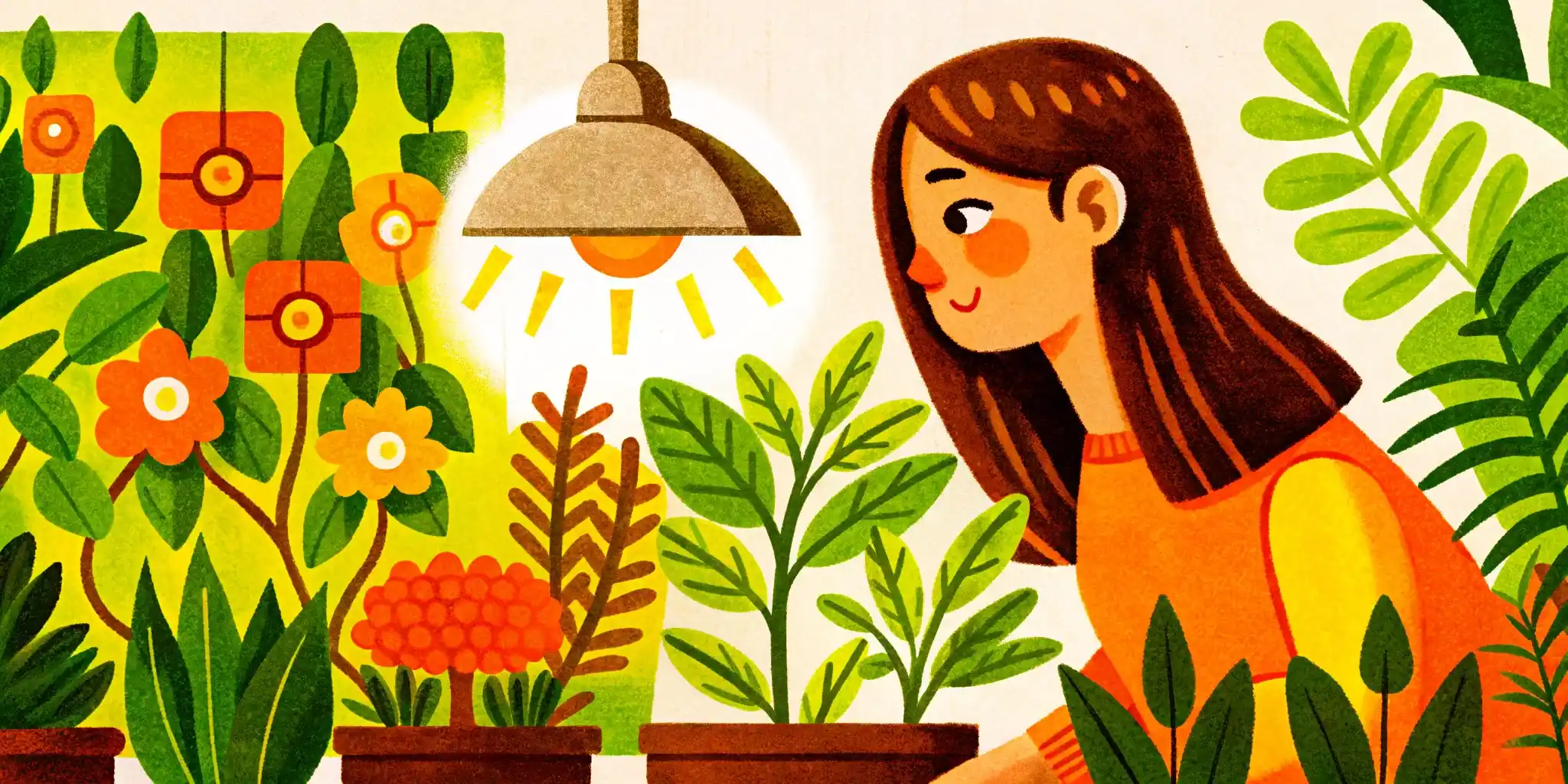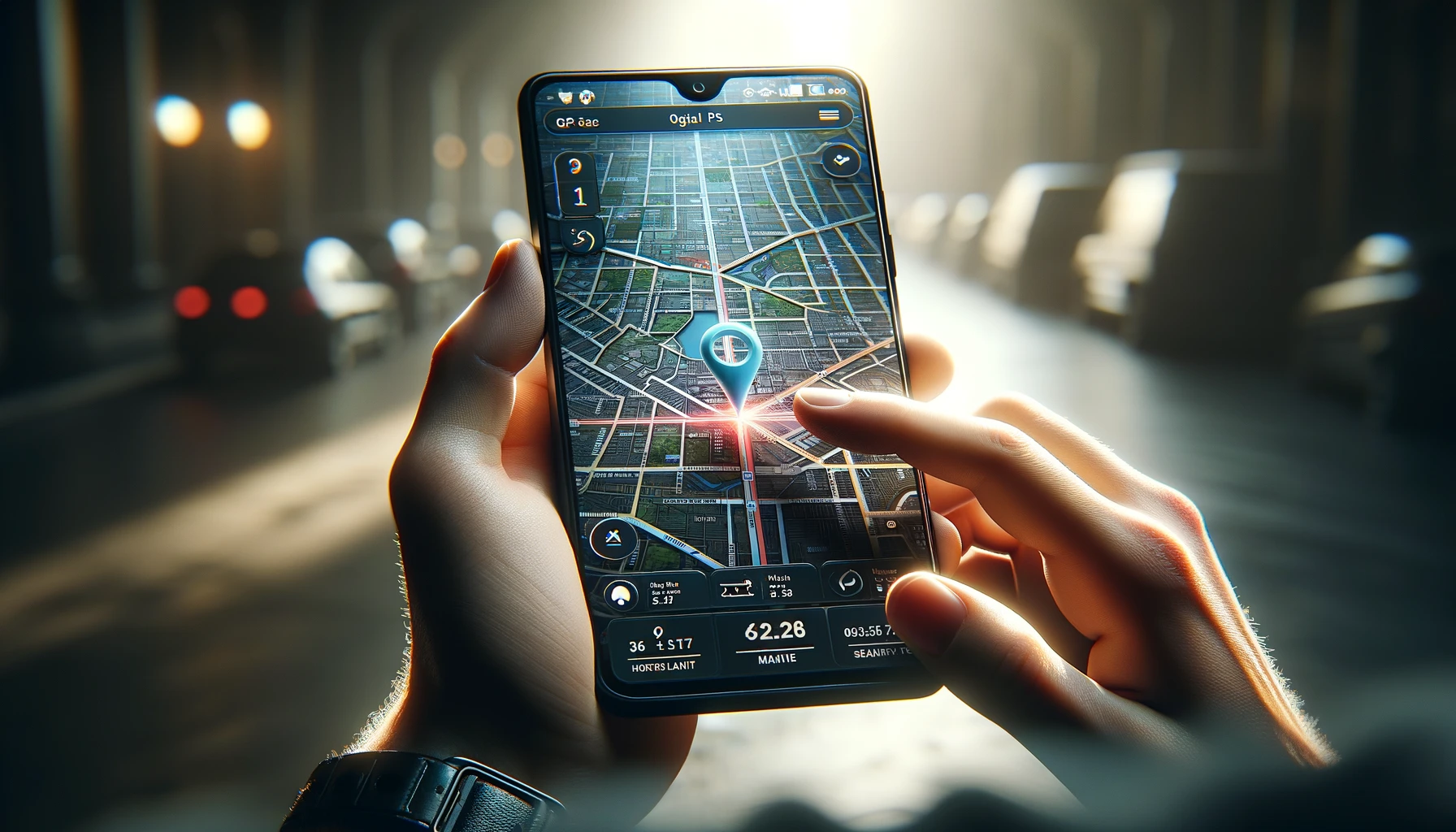Light Stress in Plants: How to Not Hurt Them with Too Much Care
Growing plants is always about finding the right balance, and light is a very important thing for them, but many people think that more light is better, which is not true, because light is food and energy for the plant, but if it gets too much light, the plant gets light stress, and this is a big problem because the stress can make the plant grow slowly, spoil the leaves, or even kill it without plant light meter.

Signs and Problems of Too Much Light
Light stress is like a strong sunburn for a person, and the plant cannot wear a hat or go into the shadow, so it suffers.
Main Signs of Too Much Light
Light Burn (The Main Problem): This is the most clear sign, and the leaves that are closest to the lamp or the sun start to become yellow, and then the edges become white or brown, looking like the leaf has lost its colour, because the very strong light breaks the chlorophyll, which is the green material that helps the plant absorb, so the damaged parts will not get better again.
Leaves Curl and Bend: The plant tries to save itself from the strong light, so it can curl its leaves or bend the edges upwards, and this is done to make the area that gets light smaller.
Pale Colour (Fading): The plant can become light green or even yellowish, but this is not because it needs food, because it is trying to become "lighter" to not take in so much light.
Stopping Growth: If the stress is very strong, the plant just stops growing, and all its energy is used not for making new leaves and stems, but for protecting itself from the light.
Problems after Stress
Light burn does not only make the plant look bad, but it also makes its ability to do photosynthesis permanently smaller, and if a big part of the leaf is broken, that part can no longer absorb, and your plant becomes weaker, so it has a smaller harvest and can get sick more easily.
Measuring: How to Use a Lux Meter to Find Light That Is Too Strong
How Does a Lux Meter Work?
A Lux Meter measures lux (), which is the brightness of the light, meaning how bright it seems to the human eye, and this is its main limit in growing, but it is also its only useful point.
It Is Important to Remember: The lux meter sees green and yellow light best, and it sees blue and red light badly, which are the colours that plants need very much, so for special pink or blue grow lights, it will lie to you, but if you see burns and the lux meter shows a very high number, it means that, even with the small mistake, there is truly too much light.
Simple Rules for a Lux Meter
Start Stage (Young Plants): Plants need not more than 10000 to 15000 lux.
Active Growth (Vegetation): Plants need about 20000 to 40000 lux.
Flowering and Fruit Making (Maximum): Strong plants can handle 45000 to 70000 lux.
The "Red Zone" Rule: If your lux meter (or the AI Plant Finder app) shows a number higher than 70000 lux at the top leaves, and you do not have professional equipment, you must act quickly. Numbers that are too high, especially over 85000 lux, will surely cause burns if the plant is not used to that much light.
Solution: Ways to Lower the Light Load
If you see signs of burn or just want to lower the light strength, you have three main ways to do it:
Making the Distance from the Light Bigger (The Easiest Way)
This is the best and easiest way to fix the problem, because light follows the rule of inverse squares, which means:
If you make the distance from the lamp to the plant two times bigger, the plant will get four times less light.
For example, if the lux was 60000 lux at 30 cm, it would be only 15000 lux at 60 cm.
How to Act: If you see burns, immediately move the lamp up by 10 to 20 cm higher. Wait for 2 to 3 days and look if new burns are still coming on the young leaves.
Using a Shade Net or Material
If you cannot move the lamp higher (for example, if your grow box is too small) or if the light is from the strong sun at the window, you should use shading.
For the Window or Greenhouse: You can buy a special shading net or just put a thin white cloth (like tulle) between the sun and the plant, and this will spread the light and make the direct, strong light weaker.
For the Lamps: You can use a material that spreads light like frosted plastic or a power controller (dimmer), if your lamp has one, and the spreader will make the light softer and more even, so it stops burns in small spots.
Making the Light Time Shorter
If you cannot change the distance or the power, you can make the time the lamp is on shorter, but this is not always the best way because it changes the growth.
If you have the light on for 18 hours a day, try to make it 14 or 16 hours.
This will make the total daily light dose that the plant gets smaller, so you should use this way only for a short time.
Signs of Not Enough Light: How to Know If Your Plant Needs More Light
Main Signs of Not Enough Light
Stretching Stems (Etiolation): This is the main sign, and the stems become too long and thin, and the distance between the leaves is very big. The plant looks weak and stringy, because it uses all its energy to grow taller and find the light.
Pale Colour and Yellowing (Chlorosis): The plant becomes light green or even yellow, because it does not have enough energy to make enough chlorophyll.
Small Leaves: New leaves that grow become much smaller than the old ones, because the plant saves energy, since it cannot give enough light to big leaves.
Lower Leaves Fall Off: The plant decides that keeping the old, bottom leaves that get little light is not worth it, and it drops them to save energy.
How to Act: If you see these signs, you must do the exact opposite of what you did for a burn: move the lamp closer to the plant and/or make the light time longer (for example, from 12 to 16 or 18 hours).
Practical Tips: How to Set Up Your Light Correctly
To avoid both bad things — burning and stretching — you should always follow these simple and good rules.
Start Slowly (The 60 cm Rule)
If you buy a new, strong lamp and do not know its exact power, always start with a safe distance. For most strong LED lamps, this is 50 to 60 cm from the top of the plant. Never put a new lamp at 30 cm right away. After 2 to 3 days, if there are no signs of stress, you can start moving the lamp down by 5 cm every 2 days until the growth looks perfect.

Use the "Hand Rule" for Heat
This is an old but useful way to check for heat stress, which often happens together with light stress. Put your hand at the level of the plant's top.
If you feel that your hand is hot or it is not nice to touch, then the lamp is too close.
If you do not feel any heat, that is good especially for new LED lamps, but this does not mean that there is not too much light.
Change the Light for the Growth Stage
Young Plants: They need little light, so the lamp should be further away so they do not burn and can grow their roots easily.
Active Growth (Vegetation): The plant needs more light, so the lamp can be moved closer.
Flowering/Fruit Making: This is the time when the plant needs the most light, so the lamp should be moved as close as possible but without burns to get a good harvest.
Always look at the newest, youngest leaves. If the new leaves grow strong and wide, with a small distance between the leaves, and they do not become yellow, then your light is set up perfectly, but if they are thin and long, you need to move the lamp closer, and if they curl or become white, you need to move the lamp higher.
The right light is about watching the plant all the time and making small changes, but by using these simple tips, you can avoid the biggest mistakes and help your plants grow in a healthy and active way.




